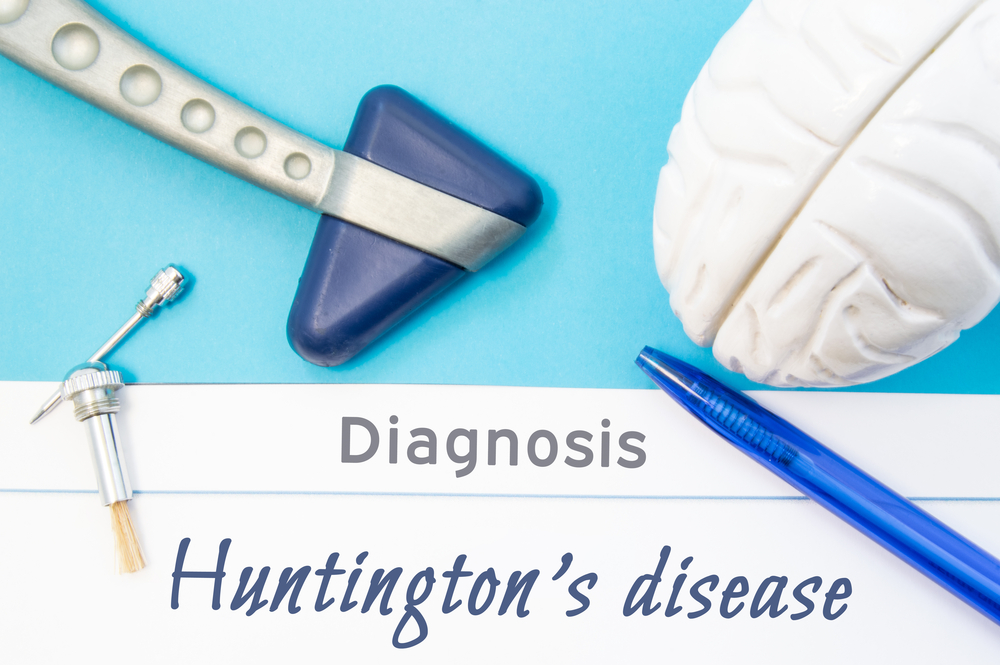In-Depth Guide to Huntington’s Disease Testing and Diagnosis Methods
This comprehensive guide details the methods for testing and diagnosing Huntington’s disease, emphasizing the crucial role of genetic analysis, neurological assessments, and brain imaging. It highlights the importance of specialized centers in providing accurate diagnosis, genetic counseling, and personalized care options including prenatal and predictive tests. Early detection is essential for managing symptoms and planning treatment, although a cure remains elusive. This article aims to educate patients and healthcare providers about the latest practices in Huntington’s disease diagnosis and the significance of a multidisciplinary approach to care.

Comprehensive Approach to Testing for Huntington’s Disease
Understanding the Process of Diagnosing Huntington’s Disease
Huntington’s disease is a hereditary neurodegenerative disorder marked by a combination of motor, cognitive, and psychiatric symptoms. Patients often experience involuntary movements such as jerks or twitches, known as chorea, as well as sensory disturbances that can affect vision, eye movements, and coordination. Psychiatric manifestations like depression, mood swings, and apathy are also common. Despite ongoing research, there is currently no cure for Huntington’s disease, making early diagnosis critical for managing symptoms and planning care. The diagnosis process is multi-faceted, involving various clinical assessments and advanced genetic testing.
When considering testing options, patients usually begin their journey by consulting a neurologist with expertise in neurodegenerative disorders. The neurologist conducts comprehensive neurological examinations, evaluating motor function, reflexes, coordination, and sensory responses. These assessments help detect characteristic signs of Huntington’s disease, such as abnormal movements or muscle rigidity. If clinical suspicion persists, additional diagnostic procedures are recommended, including brain imaging and psychiatric assessments. Brain MRI or CT scans can reveal structural changes in the brain, particularly in areas like the basal ganglia and cortex, which are affected by the disease. Moreover, psychiatric evaluations are essential to understand mood disturbances, behavioral issues, and cognitive decline associated with the condition.
Patients with a known family history of Huntington’s disease have specific pathways for testing. Genetic testing plays a pivotal role in confirming diagnosis, assessing disease risk in asymptomatic individuals, and making informed decisions about reproductive planning. It’s vital that testing is conducted at certified centers equipped with the infrastructure required for accurate analysis and comprehensive counseling. Such centers also ensure patients receive psychological support before and after testing, helping them cope with complex emotional responses and understand their options.
Guidelines for Genetic Testing
Genetic testing is the definitive method for diagnosing Huntington’s disease.
Certified testing facilities must also provide detailed genetic counseling services to explain test results, implications, and options for management.
Facilities should employ trained geneticists, psychologists, and counselors to support patients throughout the process.
Prenatal and Predictive Testing: Options for At-Risk Individuals
Expectant parents at risk of passing on Huntington’s disease can opt for prenatal testing. This includes chorionic villus sampling (CVS) and amniocentesis, which assess fetal genetic status during pregnancy.
Predictive testing allows individuals with a family history but no symptoms to determine their genetic status. While this information can guide life planning, it cannot predict exactly when or if symptoms will manifest.
All predictive and prenatal testing is performed in specialized centers with comprehensive genetic counseling before and after testing to help individuals understand potential outcomes and psychological impacts.
Procedures for Prenatal Testing
Chorionic villus sampling (CVS) is typically performed between 10 and 11 weeks of pregnancy. It involves collecting placental tissue for genetic analysis, offering early detection possibilities.
Amniocentesis, usually performed later in pregnancy, involves extracting a small amount of amniotic fluid containing fetal cells, which are then tested for the Huntington’s gene mutation.
Both procedures carry small risks but are crucial for early detection in high-risk pregnancies.
Overall, the pathway to diagnosing Huntington’s disease involves a multidisciplinary approach that emphasizes early detection and informed decision-making. Patients should seek out specialized centers that offer extensive genetic testing capabilities coupled with psychological and supportive services to ensure holistic care. Advances in genetic technology continue to enhance the accuracy of diagnosis and provide hope for future therapies and management strategies.





